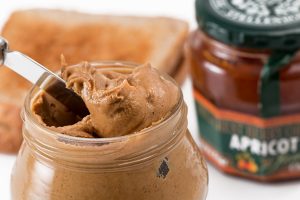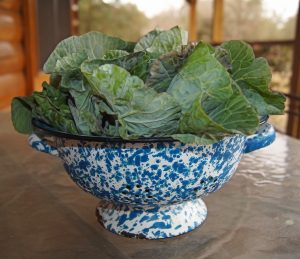
India’s culinary diversity is reflected in its cooking oils, which significantly influence flavor and nutrition. Choosing the right oil is crucial for various cooking methods like frying and sautéing. The article discusses the five best oils for cooking in India, highlighting their benefits and usage in the kitchen.
- Mustard oil (Sarson ka Tel)- Mustard oil is commonly used in Indian cooking, particularly in northern and eastern regions. It is derived from mustard seeds and has a strong flavor and aroma, making it suitable for curries, pickles, and frying. Health benefits of mustard oil include its high content of monounsaturated fatty acids, which help lower bad cholesterol and raise good cholesterol. It also has anti-inflammatory properties due to omega-3 fatty acids, benefiting heart health and reducing joint pain. Additionally, its antimicrobial properties help preserve food and promote oral hygiene.Best uses for mustard oil include frying due to its high smoking point, pickling as a natural preservative, and enhancing the flavor in tadkas for dals and curries. However, raw mustard oil may be unsafe in some regions because of high erucic acid levels, so it should always be heated to its smoking point before use to eliminate any harmful compounds.
- Ghee (Clarified Butter)- Ghee, clarified butter, is significant in Indian culture, commonly used in cooking, sweets, and religious rituals. It is made by simmering butter to separate milk solids from fat. Ghee offers health benefits, including gut health improvement due to its butyric acid content, digestive enzyme stimulation, and suitability for those with lactose intolerance. It is rich in fat-soluble vitamins beneficial for skin, eyes, and bones. Ghee is ideal for making Indian sweets, enhancing flavors in dishes like dal, and can be used in baking as a butter substitute. However, it’s important to consume ghee in moderation to avoid weight gain from its high calorie content.
- Coconut oil- Coconut oil is popular in southern India for cooking and as a moisturizer. It is derived from mature coconut meat and has been used in traditional Indian cuisine for centuries, available in refined and cold-pressed forms. The oil is rich in lauric acid, which has antimicrobial and antiviral properties, supporting immune health. It boosts metabolism due to medium-chain triglycerides that convert quickly into energy, and it may improve good cholesterol levels, benefiting heart health. Coconut oil is versatile, ideal for traditional South Indian dishes, frying snacks, and light sautéing. It solidifies in cooler temperatures, so it should be stored at room temperature or warmed before use.
- Groundnut oil (Peanut Oil)- Groundnut oil, or peanut oil, is commonly used in Indian cooking, particularly in Western India. Extracted from peanuts, it has a mild flavor and is suitable for daily use due to its light color and pleasant taste. Health benefits include being high in monounsaturated fats, which support heart health, and containing vitamin E, an antioxidant that boosts skin health and immunity. Additionally, it may help lower blood sugar levels and improve insulin sensitivity, making it useful for diabetics.Best uses for groundnut oil include deep frying snacks, stir-frying vegetables and meats, and as a dressing for salads when cold-pressed. However, it can cause allergic reactions in those with peanut allergies, so it’s important to check for sensitivities before use.
- Sesame Oil (Til ka Tel)- Sesame oil, known as til ka tel, is an important oil in Indian cuisine, especially in South Indian and traditional dishes. It is made from sesame seeds and has two main types: light sesame oil for cooking and dark sesame oil for seasoning.The oil is rich in antioxidants, which combat free radicals and inflammation. It supports heart health by reducing cholesterol through a good balance of monounsaturated and polyunsaturated fats. Additionally, sesame oil strengthens bones due to its high content of zinc, calcium, and magnesium, and it possesses anti-inflammatory properties that benefit joint health and relieve arthritis pain. Sesame oil is widely used in South Indian cuisine, particularly in dishes like dosas, vadas, and chutneys. Light sesame oil, with its high smoking point, is suitable for frying and stir-frying, while dark sesame oil adds flavor when drizzled on salads, noodles, and soups. It is also valued for its preservative qualities in traditional pickles. Sesame oil has a strong flavor that may not be suitable for all dishes, so it should be used in moderation. This helps to avoid excessive calorie intake.
-Triparna







